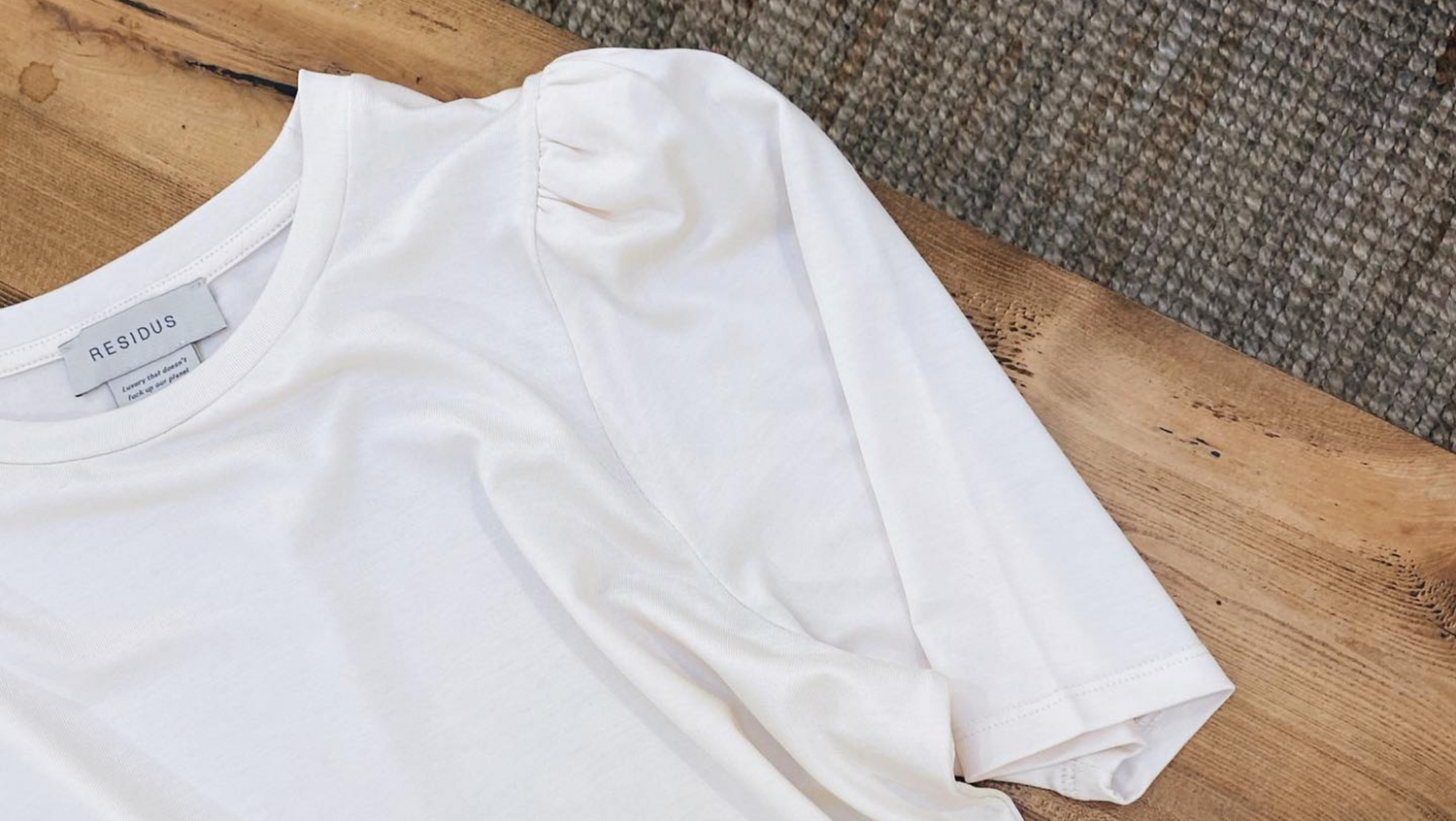
Why is sustainable fashion more expensive?
1. Salary for the workers too
Sustainable clothes are not cheap to produce. When genuinely ethical operations are applied in every stage of the production chain – for example, safe working conditions and a fair pay is guaranteed – the costs obviously rise somewhat higher.
Producing clothes locally is more expensive, but it enables closer cooperation with the manufacturers and makes it easier to monitor the working conditions. Local production also means shorter transportations.
In countries with low levels of development, clothes production becomes more costly as well, when the workers will be given safe and humane conditions and a big enough paycheck to provide for their living.

2. The price we are used to is just too low
Recycled, nature-friendly materials that are higher in quality, cost more. Ethical clothes production in small controlled batches is typically more upscale in price.
Cheap fashion chains have gotten us as customers used to a price level that is unsustainable from any ethical or ecological point of view.
This also encourages the fast fashion culture, where the quality and maintenance of clothing don’t matter because the lifespan of clothes is so short – they are just worn for a while and then tossed away.

3. Truly green clothes
Sustainable clothing brands strive for nature-friendly material usage, high-quality manufacturing processes, and green storage and transport – and won’t only say they do.
Transparency of operation means that sustainable trademarks open up the origins of their products and materials for everyone to see. Retailers and consumers get to know and see the whole production and delivery chain of the product before it ends up in the buyer’s hands.
When you’re looking for truly and holistically sustainable clothing, be aware – sometimes just small fractions of sustainability are made to look like a big campaign. If the material is recycled or organic, for example, it doesn’t yet mean that the product is wholly sustainable.
IVALO.COM uses a specific sustainability criterias to ensure that every section of sustainability comes to fruition before a trademark or brand will be sold at our marketplace.

4. Security by legislation
Eco-brands often manufacture their clothing in countries where labor and production costs are higher, such as in Europe. There are also legislations, such as environmental laws playing their part in securing the sustainability of the products.
The EU also enables much more coherent and organized auditing, certifications, regulatory controls, and working legislation than what is possible in the so-called high-risk countries.
Manufacturing in the EU ensures compliance with the REACH chemical regulation. If you want to make sure that the whole production chain is free of harmful chemicals, look for OEKO-TEX - or BLUESIGN certificates.

5. A brand with faces listens to consumers
Behind a sustainable product, there are real humans with real faces – they genuinely wish the best for their customers. They ask for feedback and read it. They strive for giving a long life to their products and offer services and advice to support that goal.
Sustainable brands are often small operators aiming at quality over volume. These trademarks and their designers truly focus on helping the customer to construct a unique, long-life wardrobe that brings joy for years. Together they will cherish the beauty of personalized style and sustainable development.

At IVALO.COM you will find women's clothing, men's clothing and kids' clothing from over 100 sustainable fashion brands. We have validated the sustainability of all the brands we sell, so you can shop with confidence and peace of mind.




